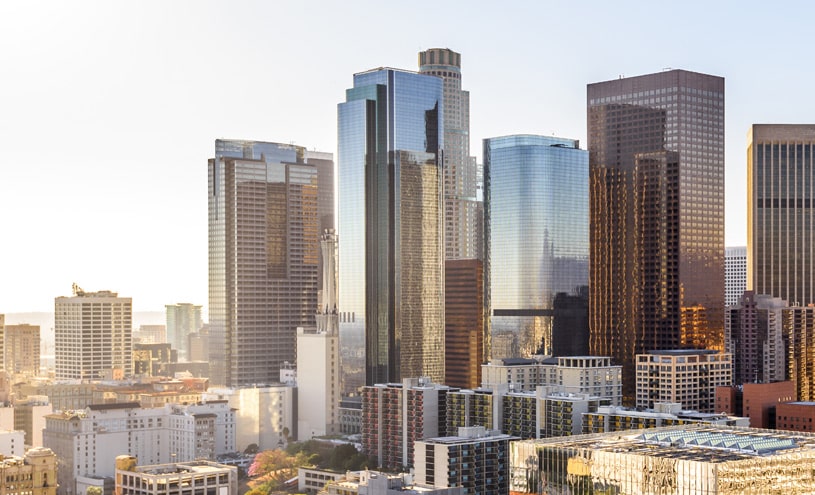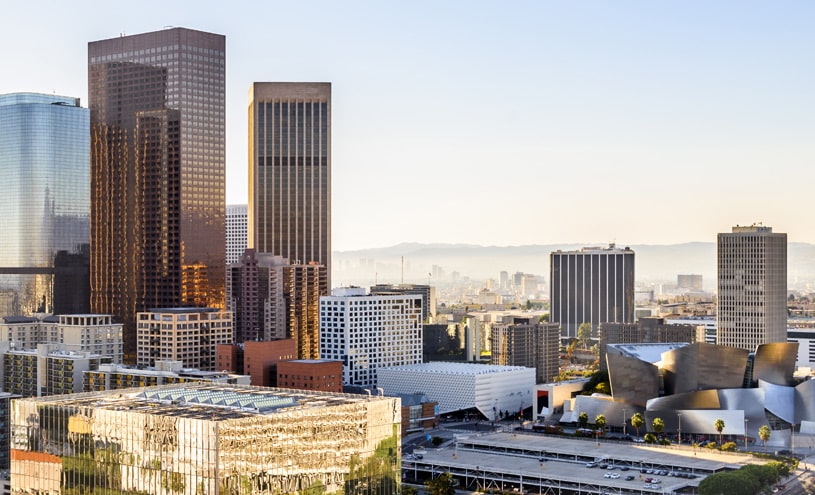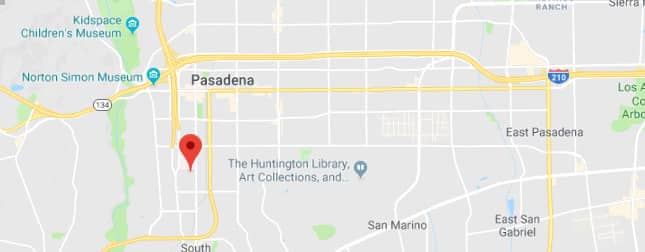 The nasolabial angle comprises of two lines. The first one runs from the nasal tip to the region above the upper lip. The second line runs from the upper lip to the base of the nose, where the nostrils are divided. Nose projection and nose tip rotation can impact the degree of this angle.
The nasolabial angle comprises of two lines. The first one runs from the nasal tip to the region above the upper lip. The second line runs from the upper lip to the base of the nose, where the nostrils are divided. Nose projection and nose tip rotation can impact the degree of this angle.
In most cases, the surgeon seeks to produce a 90 to 95 degree nasolabial angle in male candidates, and a 100 to 105 degree angle in female candidates. The surgeon can refine this angle using a combination of rotation adjustments and projection techniques.
Sagacious facial plastic and reconstructive surgeon Dr. Eric Yavrouian provides nasolabial angle adjustment surgery to patients in Glendale, Pasadena, Burbank, Greater Los Angeles, Beverly Hills, CA, and surrounding communities across the horizon.
Correcting Nose to Lip Angle and Bulbous Tip
The surgeon may use a full delivery technique to correct a bulbous tip. They may suture the dome to the lower lateral cartilages while possibly adding a cartilaginous strut graft if required for support. Wide and large nostrils can be addressed through alar-based excisions if required. Any form of acute angle to the lip can be corrected by elevating the tip, reducing the caudal membranous and cartilaginous septum.
Alternative techniques to address this condition include taking down some anterior septal angle to enable upward tip rotation and techniques that change the tip itself or tripod of the nose and lengthen the medial crus or columella so that it projects upward and rotates.
The surgeon may decide to shorten the lateral or gull wing aspects of the tip cartilages. These approaches can be used in combination to narrow the tip and enhance the columellar labial angle at the simultaneously. Lastly, the surgeon can perform the alar base reduction together with a rhinoplasty as well as narrow the base to decrease its width.
There are various alternatives to address the angle between the lip and the nasal columella. Caudal extension grafts, as well as plumping grafts, developed to project the nasolabial angle can be effective. The creation of proper tip rotation is a standard facet of rhinoplasty. It is frequently used in combination with developing better tip definition. However, the definition is limited by thicker skin.
The surgeon may also employ trimming the septum at the anterior angle. But a particular recommendation on this technique would warrant an actual nose exam.
Lifting a Drooping Nose Tip
In patients who have thick skin and heavy noses, the tip frequently droops. There are various techniques to raise the nose tip. The surgeon can decrease the length of the septum. However, a majority of heavy noses need extra tip support. The surgeon achieves this through the use of cartilage grafts to provide strength to the tip and push it upwards.
If a patient has not had nose surgery previously, the ideal source of this graft material is the nasal septum. The tip cartilages can be made narrower also. For excessively thick skin and more strength, a graft using the patient’s cartilage, known as an extended shield graft, is frequently utilized as well.
Accomplished facial plastic and reconstructive surgeon Dr. Eric Yavrouian receives patients from Glendale, Pasadena, Burbank, Greater Los Angeles, Beverly Hills, CA, and other towns and suburbs in The Golden State for rhinoplasty.
For more information about treatments and procedures by Facial Plastic and Reconstructive Surgeon, Dr. Eric J. Yavrouian, serving patients in and around Glendale, Pasadena, Burbank and the Greater Los Angeles, CA area call 818-241-2150 or click here to contact him for a consultation.






